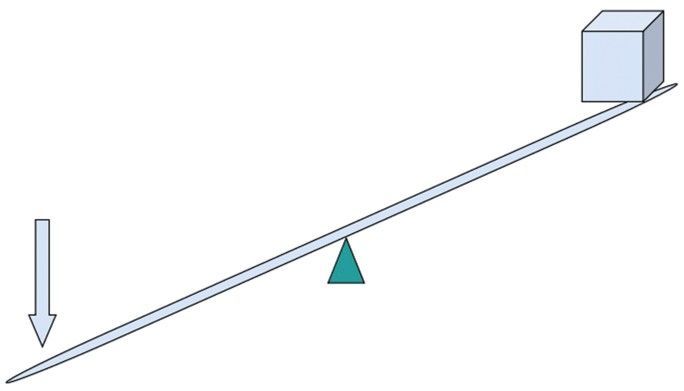This is my message to my fellow Americans and my friends around the world after January 62021.
Get the latest international news and world events from around the world.

Paris agrees to turn Champs-Élysées into ‘extraordinary garden’
The mayor of Paris has said a €250m (£225m) makeover of the Champs-Élysées will go ahead, though the ambitious transformation will not happen before the French capital hosts the 2024 Summer Olympics.
Anne Hidalgo said the planned work, unveiled in 2019 by local community leaders and businesses, would turn the 1.9 km (1.2 mile) stretch of central Paris into “an extraordinary garden”.
The Champs-Élysées committee has been campaigning for a major redesign of the avenue and its surroundings since 2018.

FCC grants permission for polar launch of Starlink satellites
WASHINGTON — The Federal Communications Commission will allow SpaceX to launch 10 Starlink satellites into polar orbit on an upcoming mission, but deferred a decision on a much broader modification of SpaceX’s license.
In an order published Jan. 8, the FCC granted SpaceX permission to launch 10 Starlink satellites into a 560-kilometer orbit with an inclination of 97.6 degrees. Those satellites will launch on a Falcon 9 no earlier than Jan. 14 as part of Transporter-1, a dedicated smallsat rideshare mission.
SpaceX had been lobbying the FCC for weeks for permission to launch Starlink satellites into a polar orbital plane as the FCC considers a modification of the company’s license to lower the orbits of satellites originally authorized for higher altitudes. That included a Nov. 17 request to launch 58 satellites into a single polar orbital plane, citing “an opportunity for a polar launch in December” that it did not identify.
Winning Urban Farming Ideas for Mars!
If humans plan to go to live and work beyond Earth someday, they will need technologies that allow for sustainable living in alien environments. This is especially true of Mars, which is extremely cold, dry, and subject to more radiation than we are used to. On top of that, it also takes six to nine months to send spacecraft there, and that’s every two years when Earth and Mars are closest to each other in their orbits.
As such, settling on the Red Planet will require some serious creativity!
This the purpose of Mars City Design (the Mars City®), an innovation and design platform founded by architect and filmmaker Vera Mulyani. Every year since its inception, this organization has hosted the Mars City Design Challenges, where students from around the world come together with industry experts to produce architectural designs for living on Mars (what Mulyani calls “Marchitecture”).



Research on Laser Wireless Power Transmission Technology
Like.
The term “LASER” stands for Light Amplification by Stimulated Emission of Radiation. Lasers are a form of artificial light with a uniform phase and wavelength.
A core property of a laser is a low divergence angle that spreads out very little as it projects out further from its source. Lasers are also small enough to fit within compact instrumentation, which makes them ideal for inter-orbit optical communication systems and other systems for communicating over long distances. The Laser-based SSPS (L-SSPS) uses these unique properties to send solar-powered laser energy from space to Earth, where it is converted into electricity.
The transmittance of laser beams depends upon their wavelength. The SSPS Research Team has been studying a laser wireless power transmission technology operating at a wavelength of about 1070 nm (near-infrared) and a continuous-wave (CW).

Energy transmission using recyclable quantum entanglement
Circa 2016
It is known that faster-than-light (FTL) transmission of energy could be achieved if the transmission were considered in the framework of non-relativistic classical mechanics. Here we show that FTL transmission of energy could also be achieved if the transmission were considered in the framework of non-relativistic quantum mechanics. In our transmission protocol a two-spin Heisenberg model is considered and the energy is transmitted by two successive local unitary operations on the initially entangled spins. Our protocol does not mean that FTL transmission can be achieved in reality when the theory of relativity is considered, but it shows that quantum entanglement can be used in a recyclable way in energy transmission.

Singer beautifies the mud with air-cooled Porsche 911 rally car
Known for giving classic Porsche cars second lives as modern-day beauties, LA-based Singer Vehicle Design is sharpening its competitive edge. It has teamed up with some of the masterminds behind Porsche’s most successful rally cars in building up a modern 911 off-roader fit to compete in the likes of Dakar and the Baja 1000. And boy will this carbon-bodied 911 look good doing it.
The idea for what Singer calls the All-Terrain Competition Study (ACS) came from a client who inquired about the possibility of transforming his air-cooled 964-gen Porsche 911 into an off-roader built to race and explore. The request diverged quite dramatically from what Singer was used to discussing with clients, so the company reached for some reinforcements by way of rally Porsche expert Richard Tuthill of Oxfordshire, UK-based Tuthill Porsche, teaming up on a car inspired by Dakar-winning Rothmans 911 SC/RS and 959 rally cars of the mid-80s.
Tuthill’s experience with competitive all-terrain Porsches spans generations. Richard is the son of Francis Tuthill, the rally driver who had a hand in preparing (and repairing) the Rothmans 911 SC/RS rally cars. That experience grew into a company, and the apple landed quite close to the tree. Richard and crew specialize in preparing race-ready Porsche cars for both off-road and race track, and their cars have taken home recent victories in events like the East African Safari Classic and FIA WRC R-GT championship.

Ultra-Fast Space Travel Possible After Scientists Discover Hidden Super-Highways
A space bend just as in sci-fi movies.
Scientists have discovered a network of celestial superhighways caused by gravitational effects of the planet that enable space matters to cover astronomical distances in very less time. The research now calls for more study on the topic to use these paths to send space probes to the far end of our solar system.